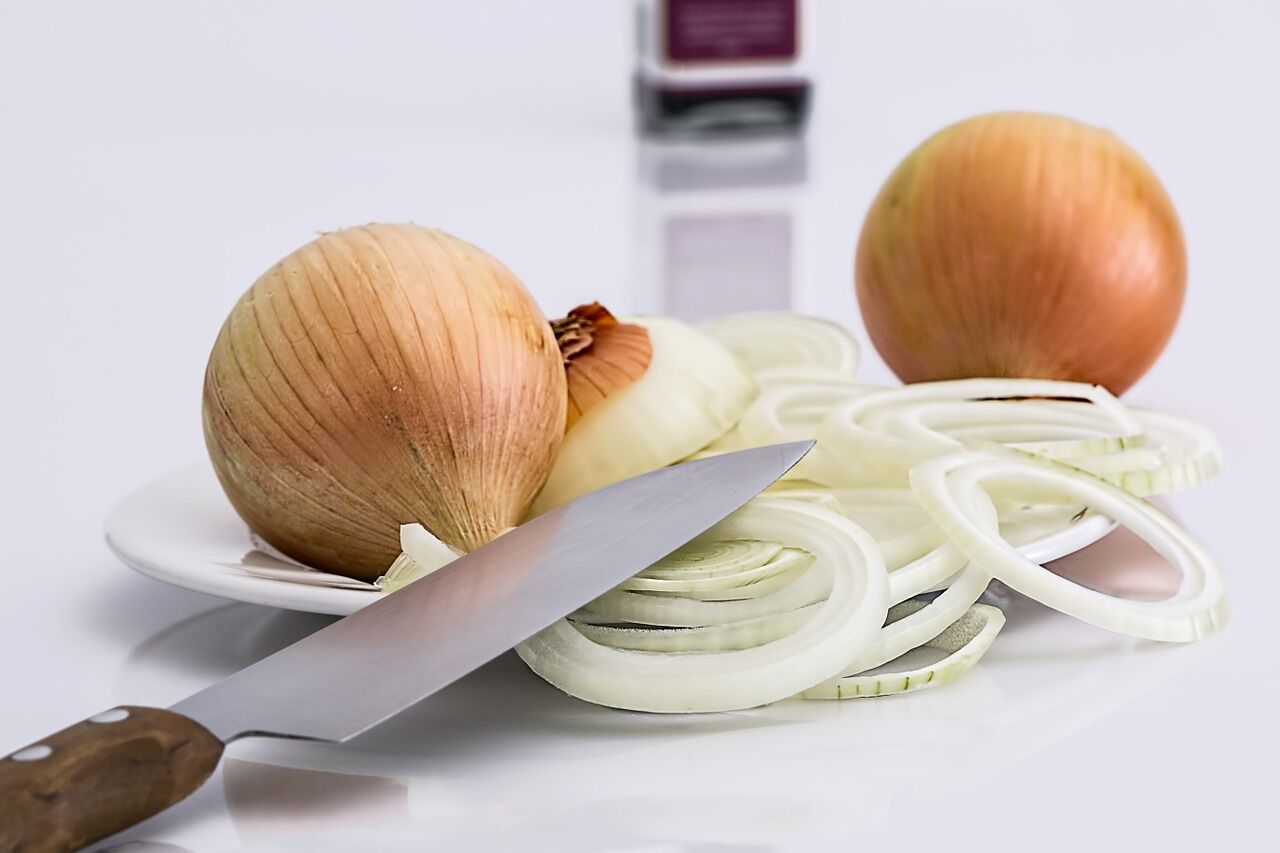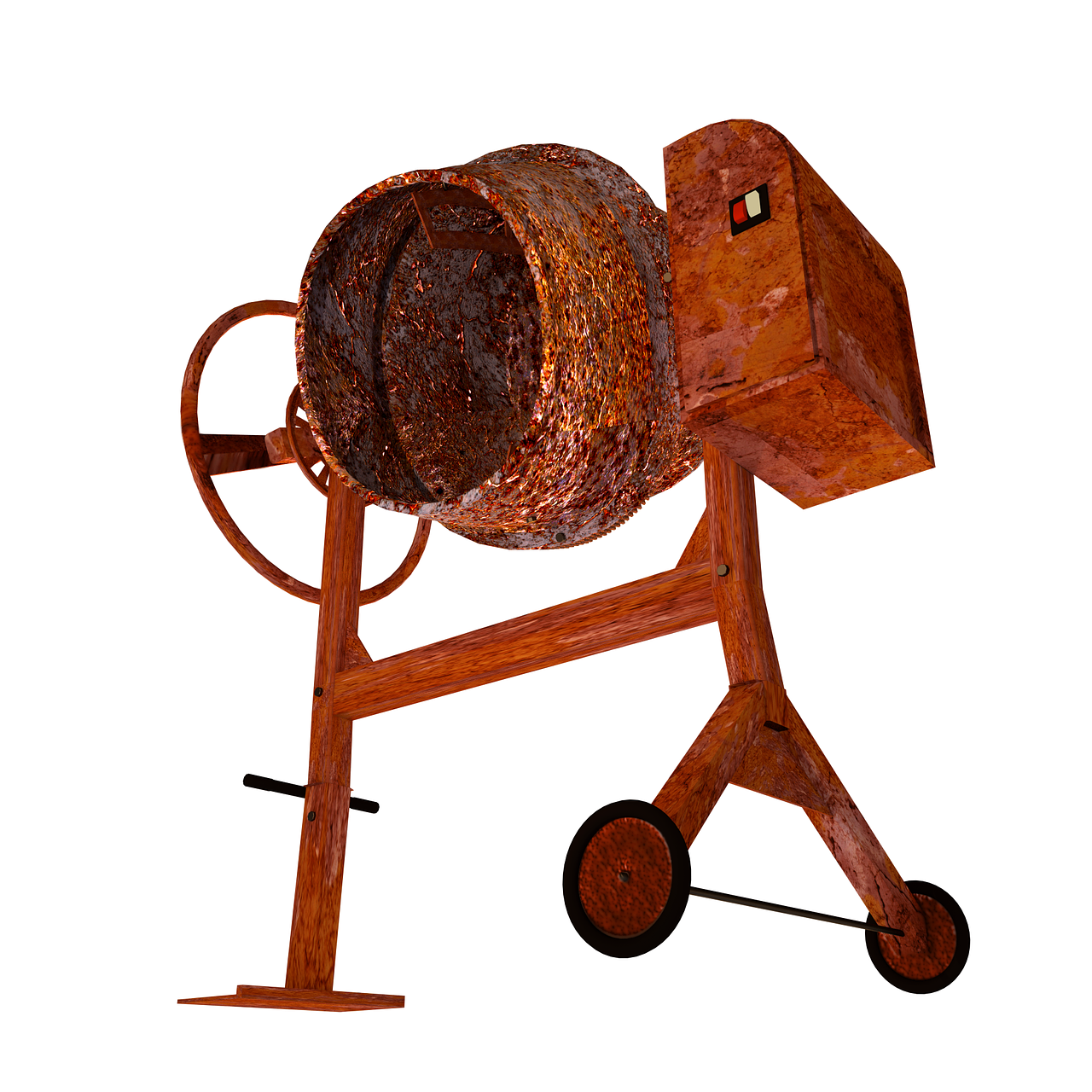One common item that you will find in every kitchen is at least one knife. There are different kinds of knives in cutlery sets, and each particular knife has a different function altogether. Popular kitchen knives being boning knife, bread knife, chef’s knife, but there are other specialty kinds also. Similarly, you will find different […]
Month: September 2018
How to Restore Your Rusted Power Tools
Tools are expensive and if you have a few that have seen better days because of rust, it’s possible to restore your rusted power tools to like-new condition — with some effort. Unlike rust-encrusted hand tools, power tools have both mechanical and electrical components that make safety paramount. The good news is that the right […]
Home Improvement Tips That Up Your Home Value
Whether you are interested in just making your home attractive or you are planning to rake in a couple more bucks from the sale of your home by a couple of improvements here and there, home improvement is key for upping the value of your home. In this article, we will take a look at […]
Small Kitchen Decorating Ideas
Every home needs a well-equipped and functional kitchen, but the size of it sometimes can seem as a great obstacle to your plans. Just because you don’t have as big space as you wanted, it doesn’t mean you can’t decorate a lovely kitchen in which you can keep all your pots and pans, and prepare […]
How to Use a P-38 Can Opener
For some, the usage of a John Wayne can opener needs no instructions, for others they may need to be shown how to use a P-38 can opener. Either way, these tools are quite useful. I have never had one wear out, and only one rust. Sitting on my keychain it gives those in the […]





